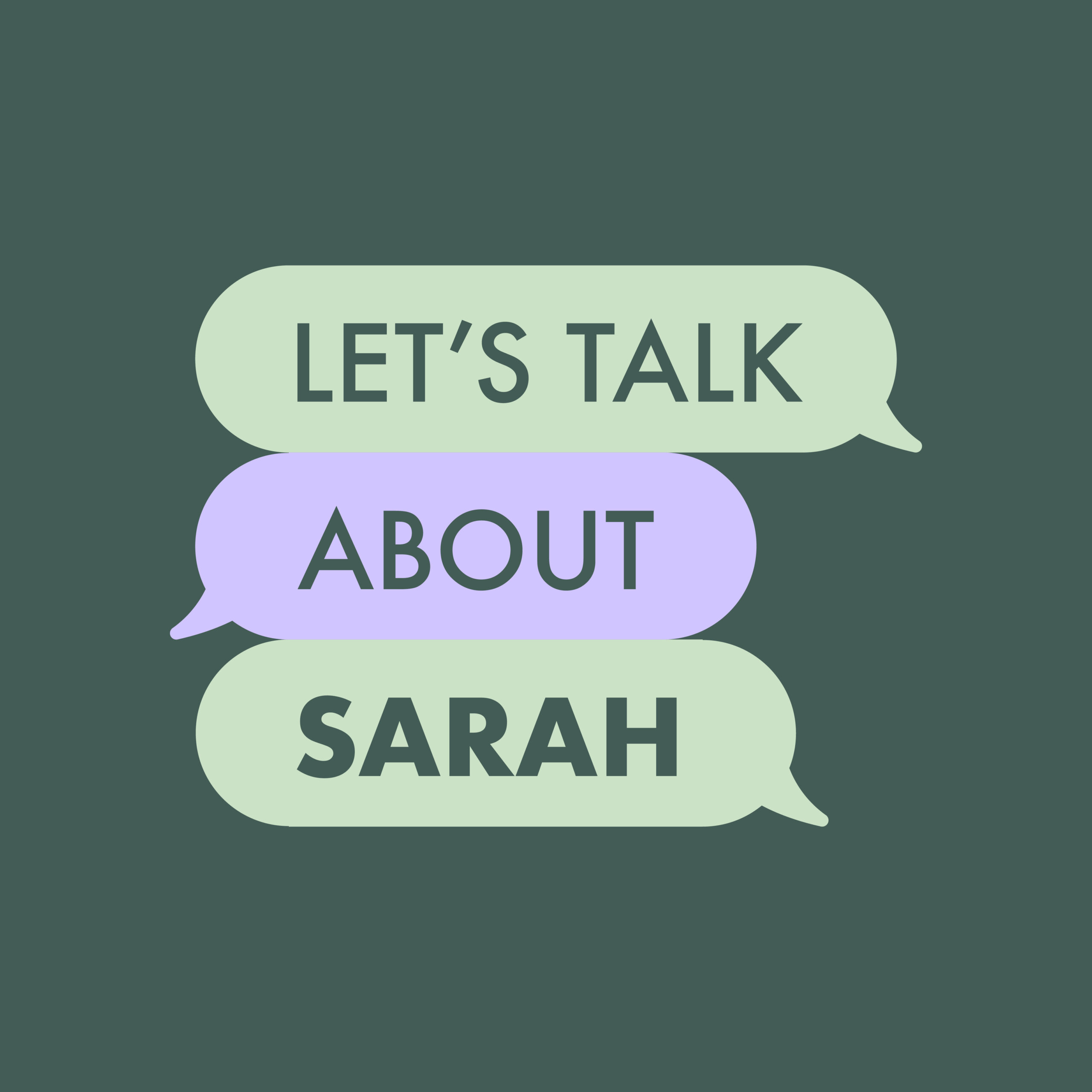Have you ever heard the expression “People buy on emotion and rationalize with logic”? This expression has been around a long time, and neuroscience has proven it to be true.
“Our subconscious/intuitive decision to buy is then communicated to the conscious mind via an emotion. The conscious mind then searches for rational reasons, and that’s how we complete the circle: We justify our emotional signals to buy with logical reasons. Phew, the illusion is now complete that the conscious mind that we identify with is in control so we can feel safe and secure.”
We justify our emotional signals to buy with logical reasons.
As marketers, we need to make sure our advertising fulfills both sides of the customer’s internal decision making process: the head and the heart.
I buy a lot of backpacking equipment (it’s a problem). Recently, I started researching lightweight, down-filled sleeping bags. Oodles of outdoor brands manufacture this product in different colours, styles, weights and levels of warmth. Yet despite my many choices, I had a powerful compulsion to buy a Mountain Equipment Co-op sleeping bag, and I eventually did.
Looking back, I can clearly see the logic- and emotion-based reasoning I used to make my decision. It looked something like this:





